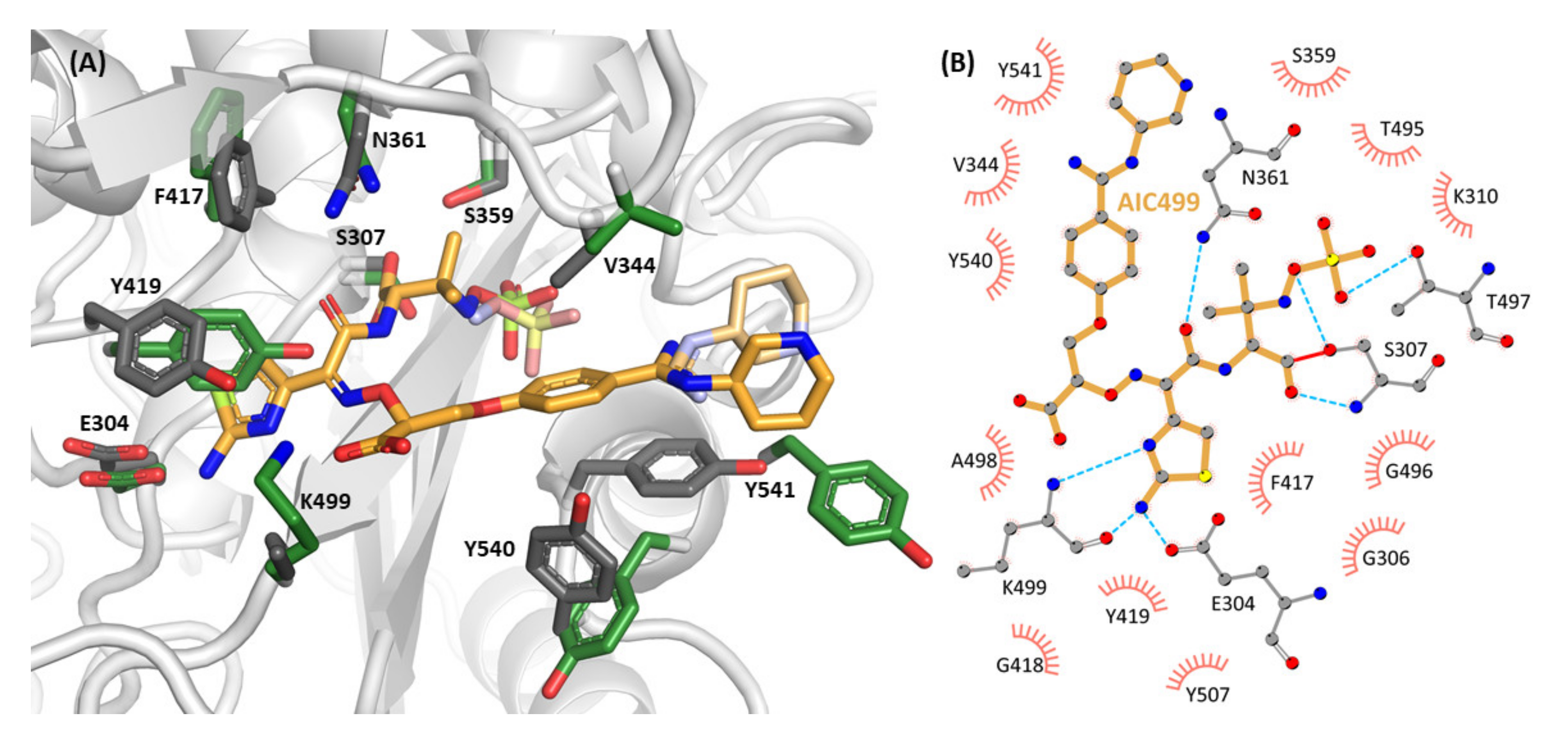

Chlamydiae contain two high-molecular-weight (HMW) penicillin binding proteins (Pbp) implicated in peptidoglycan synthesis, Pbp2 and Pbp3/FtsI.

How this obligate intracellular pathogen divides is uncharacterized. The chlamydial genome contains only three annotated cell division genes and lacks ftsZ. We propose that, in Chlamydia, MreB acts as a central co-ordinator at the division site to substitute for the lack of FtsZ in this bacterium.Ībstract = "Chlamydiae are obligate intracellular bacterial pathogens that have extensively reduced their genome in adapting to the intracellular environment. Finally, we showed that MreB also interacts with FtsK. Importantly, co-treatment with MreB-specific and Pbp-specific antibiotics resulted in the MreB-inhibited phenotype, placing MreB upstream of Pbp function in chlamydial cell division. Using MreB-specific antibiotics, we show that MreB is essential for chlamydial growth and division. Chlamydiae are coccoid yet contain MreB, a rod shape-determining protein linked to Pbp2 in bacilli. Each HMW Pbp interacts with the Chlamydia cell division protein FtsK. Ultrastructural analyses of antibiotic-treated cultures revealed distinct phenotypes: Pbp2 inhibition induced internal cell bodies within a single outer membrane whereas Pbp3 inhibition induced elongated phenotypes with little internal division. We show here, using HMW Pbp-specific penicillin derivatives, that both Pbp2 and Pbp3 are essential for chlamydial cell division. Chlamydiae are obligate intracellular bacterial pathogens that have extensively reduced their genome in adapting to the intracellular environment.


 0 kommentar(er)
0 kommentar(er)
